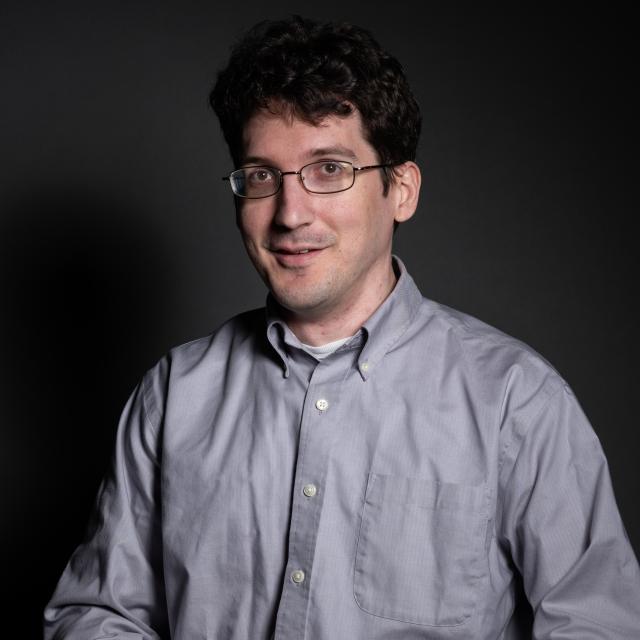My research focuses on the computational simulation of biological systems. One main area of my work focuses on investigating how the protein actin (and related proteins like talin) can generate forces within the cell allowing the cell to crawl. This is important not only at the fundamental physics level, but also for understanding errors with this process as happens with the metastasis of cancer cells. I also am interested in understanding how cell membrane associated proteins are influenced by membrane flows. These membrane flows may provide a way for cells to pattern their surfaces to direct diverse processes such as growth and signaling. Additionally, I have worked on improving computational methods to analyze experimental images including writing a code to extract the diffusion and unbinding rates of proteins from experimental FRAP (fluorescence recovery after photobleaching) images and speeding up code to trace and track biopolymers from experimental images over time.


David Rutkowski
Research Assistant Professor
Ph.D., Chemical and Biomolecular Engineering, North Carolina State University, Raleigh, NC Dec. 2016
M.S., Chemical and Biomolecular Engineering, North Carolina State University, Raleigh, NC Dec. 2013
B.S., Chemical and Petroleum Engineering, University of Pittsburgh, Pittsburgh, PA Apr. 2011
Explore this Profile×
Research Areas
Additional Interests
- Brownian dynamics
- Monte Carlo
- Master equation method
Research Statement
Biography
David Rutkowski received his B.S. degree in chemical engineering from the University of Pittsburgh in 2011. He later went on to receive his Ph.D. from North Carolina State University in chemical engineering under the direction of Dr. Carol Hall in 2016 working on topics in computational colloidal and soft matter physics. He then went on to do a postdoc at the University of Florida working with Dr. Coray Colina. Since 2018 he has been working with Dimitrios Vavylonis on modeling biopolymer networks and membrane patterning.
- Sawako Yamashiro, David M. Rutkowski, Kelli-Ann Lynch, Ying Liu, Dimitrios Vavylonis, and Naoki Watanabe. Force transmission by retrograde flow-induced dynamic stretching of Talin. Submitted to Nature.
- Yuhui Li, Ondrej Kucera, Damien Cuvelier, David M. Rutkowski, Mathieu Deygas, Dipti Rai, Tonja Pavlovic, Filipe Nunes Vicente, Matthieu Piel, Gregory Giannone, Dimitrios Vavylonis, Anna Akhmanova, Laurent Blanchoin, and Manuel Thery. Compressive forces stabilise microtubules in living cells. Nature Materials. biorxiv DOI: 10.1101/2022.02.07.479347.
- David M. Rutkowski and Dimitrios Vavylonis. Discrete mechanical model of lamellipodial actin networks implements molecular clutch mechanism and generates arcs and microspikes. PLoS Comput. Biol. 2021. 17, 10. DOI: 10.1371/journal.pcbi.1009506.
- Veneta Gerganova&, Iker Lamas&, David M. Rutkowski&, Aleksandar Vještica, Daniela Gallo Castro, Vincent Vincenzetti, Dimitrios Vavylonis, and Sophie G. Martin. Cell patterning by secretion-induced plasma membrane flows. Sci. Adv. 2021. 17, 7. DOI: 10.1126/sciadv.abg6718. (&co-first authors)
- Maral A. Koudehi, David M. Rutkowski, and Dimitrios Vavylonis. Organization of associating or crosslinked actin filaments in confinement. Cytoskeleton. 2019. 76, 532. DOI: 10.1002/cm.21565.
Teaching
Phy380, Introduction to Computational Physics, Spring 2023
